The Best Gear for Sleeping Better

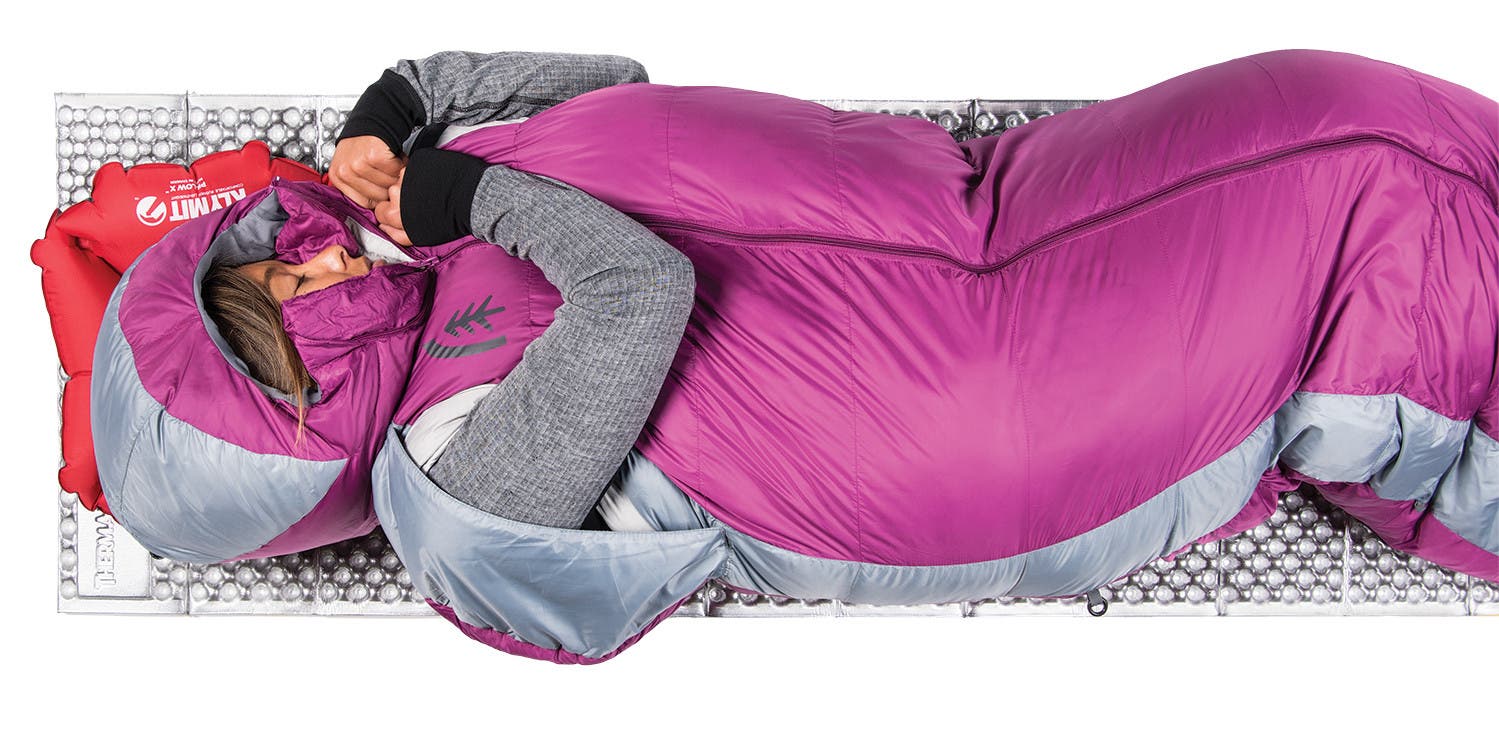
Step 1: Get a Good Foundation
For a full night’s sleep, start from the ground up. Using a pad to match your desired comfort level and the current conditions is key to maximizing your shut-eye.
Best for a luxurious sleep: Big Agnes Q-Core SLX

A cushy 4 inches of thickness and an R-value of 3 (good to about 15°F) make this pad as comfy as your favorite mattress. It also packs down to the size of a 1-liter Nalgene. $160; 1 lb.; 72x20x4.25 in.
Best for budget shoppers: Therm-a-Rest Z-Lite Sol
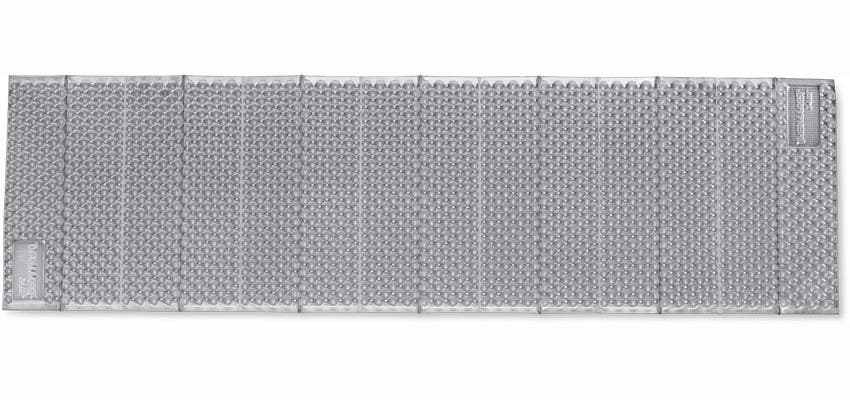
This thin, closed-cell foam pad has a reflective coating on top that captures heat, giving it an R-value of 2.6. Use it solo, or place it over another pad to add warmth. $45; 14 oz.; 72x20x.8 in.
Best for ‘tweeners” Sea to Summit Ultralight Insulated Mat

At only 2 inches thick, this pad is still surprisingly warm (it boasts a 3.3 R-value) and a perfect pick for sleepers who want something that splits the difference between too thick and too thin. $130; 1 lb. 1 oz.; 72×21.5×2 in.
Step 2: Find your perfect bag
Sleep preferences vary by individual, but restless nights tend to fall into three categories: too cold, too warm, or too confined. These bags are a good start to satisfy the pickiest backcountry slumberers.
Best for warm sleepers: NEMO Equipment Riff 15
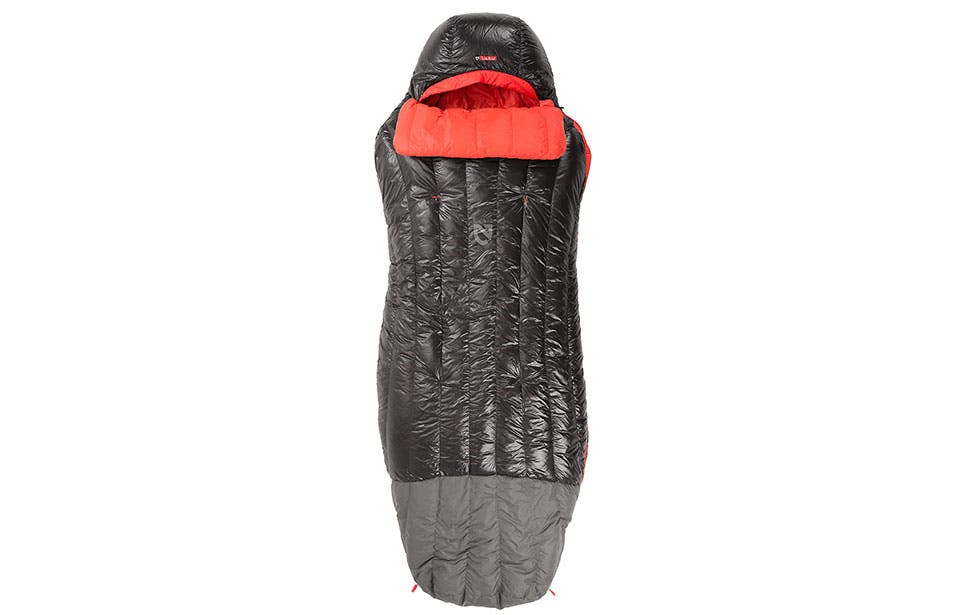
Two zippered vents on the torso let toasty campers dump heat, while the Riff’s hourglass shape expands at the knees for extra space. Also available as w’s Jam 15. $400; 2 lbs. 9 oz.
Best for restless sleepers: Sierra Designs Mobile Mummy 600 / 15 Degree
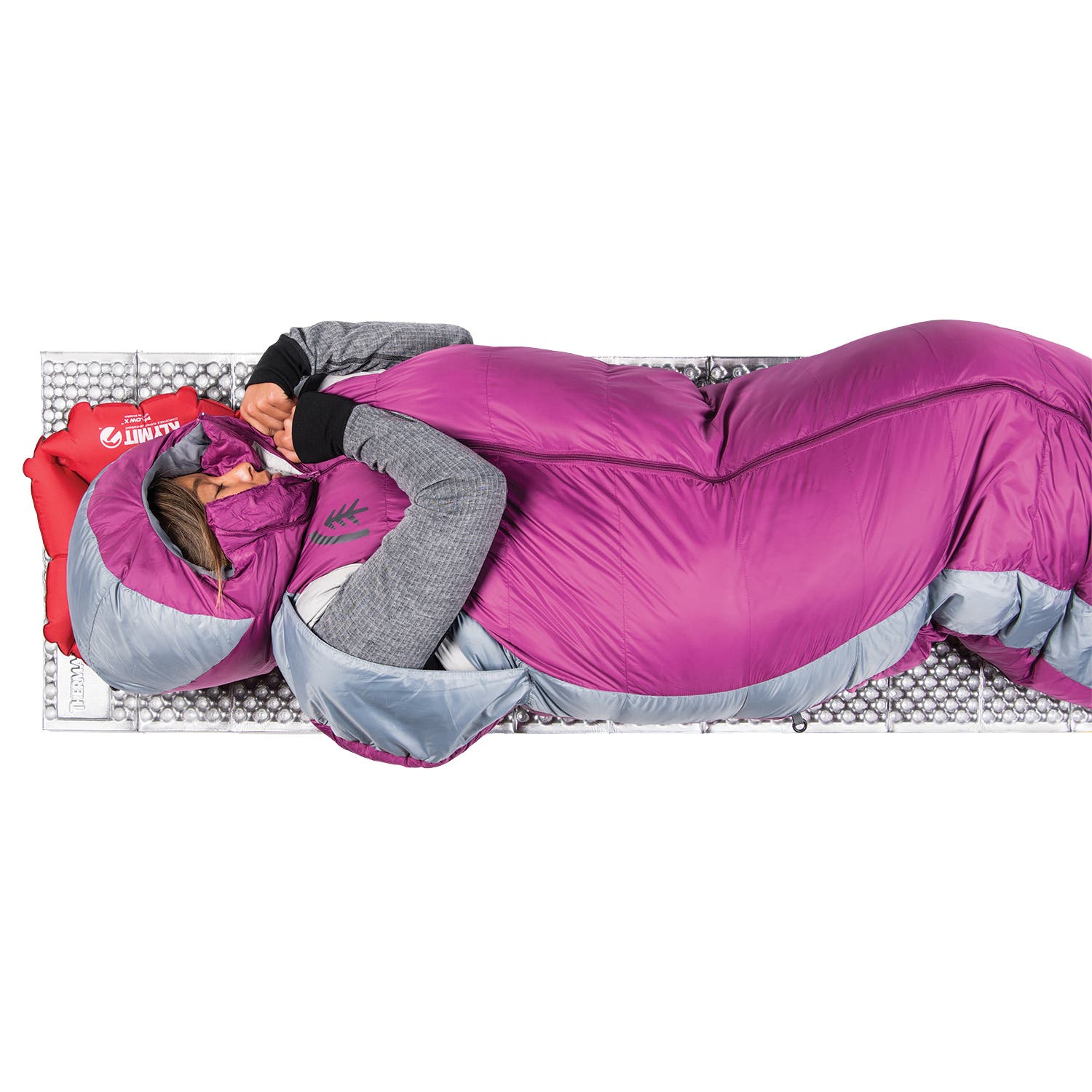
Trouble finding your sweet spot? A front zipper and arm holes make it easy to free an appendage if you get cramped or antsy. $250 (w’s $290); 2 lbs. 11 oz.
Best for cold sleepers: REI Co-op Magma 10
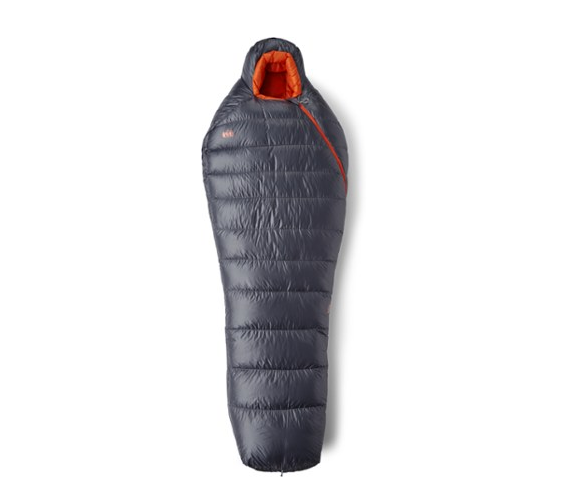
The Magma gives you traditional mummy efficiency in a slim package that delivers great warmth for its weight and price. Also available as w’s Magma 17. $349; 1 lb. 14 oz.
Step 3: Use a real pillow
Ultralighters may scoff, but we have a rebuttal: 2 ounces. That’s all a good backpacking pillow weighs these days. So ditch the stuffsack full of clothes and give your head and neck something to look forward to.
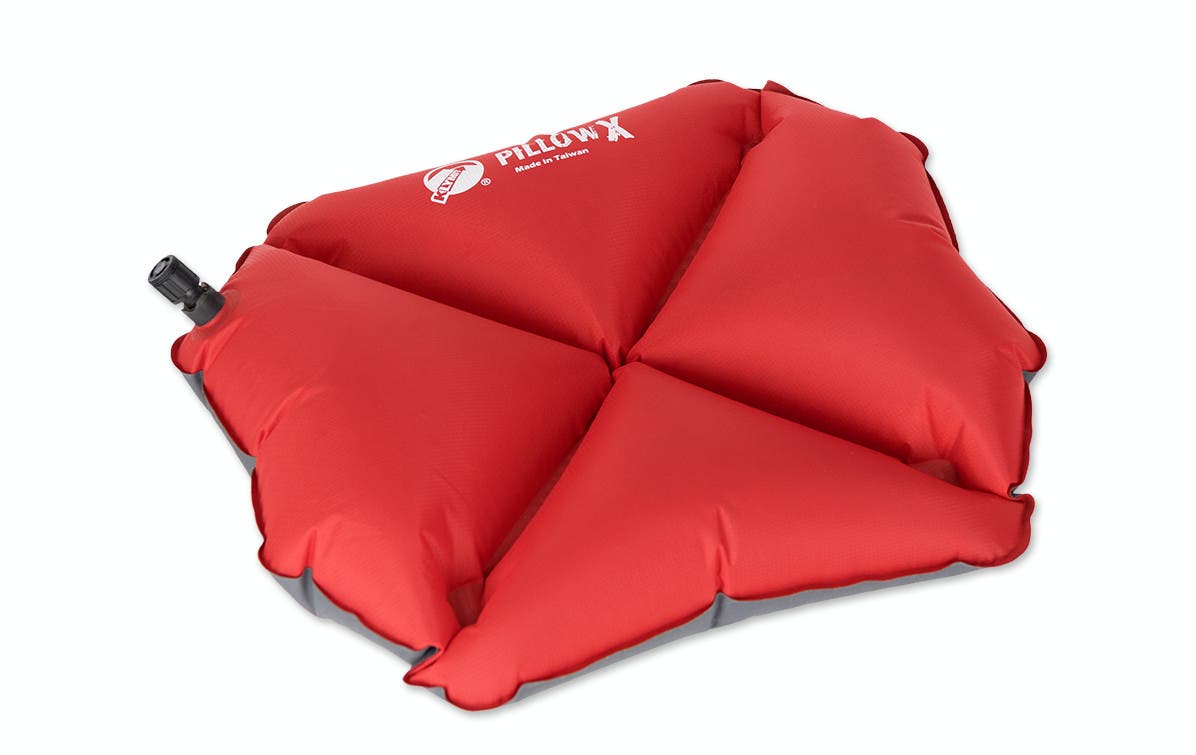
Klymit Pillow X
This ultrapackable pillow has a divot in the middle, which keeps it from popping out from under your head in the middle of the night. $25; 2 oz.
Tips for sleeping better in the backcountry
Blunt your senses. Too bright? Pull a Buff or bandana over your eyes. Too loud? Wear earplugs.
Stoke your fire. Do jumping jacks right before you hit the sack for an extra boost of heat.
Change into dry layers. Moisture saps warmth, so always sleep in dry clothes. Even if your baselayers don’t feel damp, they likely accrued some sweat from the day’s hike. Preferred option: Pack dedicated sleep layers. Option 2: Thirty minutes or more before getting to camp, moderate your pace to reduce sweating, and let your body heat dry what you’re wearing.
Cuddle up. Bring a bottle filled with hot water into bed.